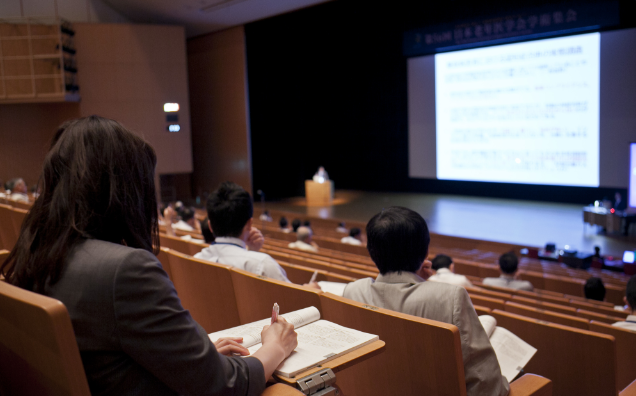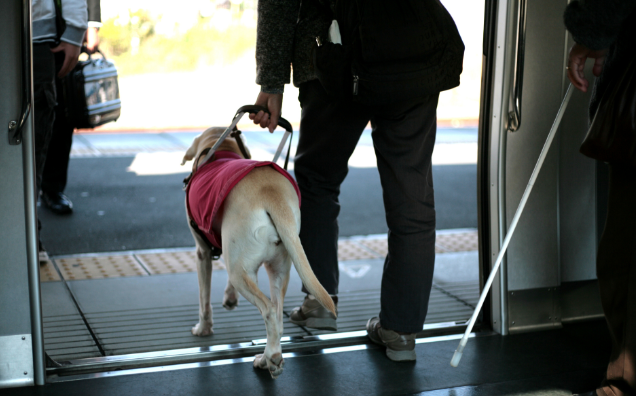- TOP >
- Efforts of Tokyo Metropolitan Art Museum
Efforts of Tokyo Metropolitan Art Museum 8-36 Ueno-Park, Taito-ku, Tokyo
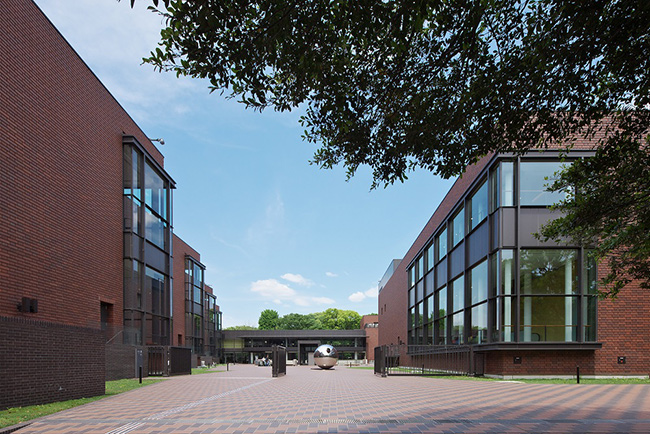 Tokyo Metropolitan Art Museum
Tokyo Metropolitan Art Museum
Aiming to be an “Entryway to Art” Open to Everyone
With the goal of becoming an “entryway to art” open to all people, Tokyo Metropolitan Art Museum is taking a variety of measures as part of Creative Well-being Tokyo. Organized by the Tokyo Metropolitan Government and the Tokyo Metropolitan Foundation for History and Culture, this project aims to improve accessibility to culture and the arts, making it easier for people of all ages, disability statuses, and national backgrounds to encounter and engage with cultural facilities and art programs. We spoke with Tokyo Metropolitan Art Museum about what specific actions it is taking.
 Tokyo Metropolitan Art Museum
Tokyo Metropolitan Art Museum
Creative Well-being Tokyo Initiatives
Seeking to become an “entryway to art” for everyone, Tokyo Metropolitan Art Museum is making the following efforts:
- ① Creating a Barrier-Free Guide with information on museum facilities so that disabled, elderly, and stroller-using visitors can conveniently enjoy the museum
- ② Holding “Special Days for People with Disabilities” on days when Special Exhibitions are closed to the general public, so that visitors with disabilities can view artworks in greater safety and comfort
- ③ Organizing the Tobira Project, a museum-based initiative fostering community through art
- ④ Organizing Museum Start iUeno, a program supporting museum experiences for all children
- ⑤ Organizing Creative Aging Zuttobi, a project aimed at ensuring the art museum remains welcoming to senior citizens
Creating a Barrier-Free Guide so everyone can have a more pleasant experience
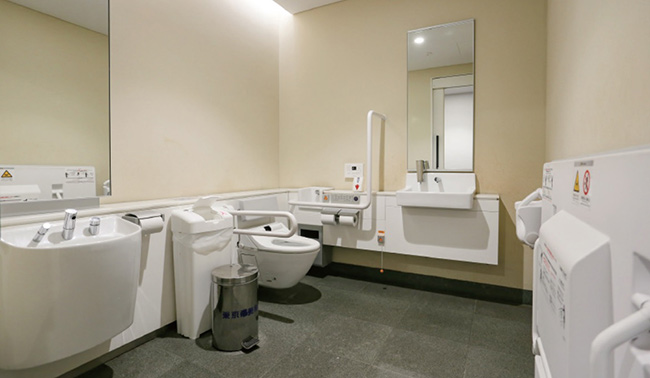 Restroom for Wheelchairs
Restroom for Wheelchairs
Tokyo Metropolitan Art Museum made extensive accessibility improvements to its facilities during major renovations in 2012. Steps were replaced with ramps and elevators, so elderly visitors and wheelchair users could move freely throughout the museum. In 2021, people with disabilities and experts on accessibility were invited to survey the facilities, and a Barrier-Free Guide to the museum was created. The following points were taken into consideration when the guide was being designed.
- ① Clearly marking the locations of features such as elevators and wheel-chair accessible restrooms on the 3D floorplan
- ② Using easy-to-understand pictograms to show the equipment available in the museum’s 13 wheelchair-accessible restrooms
- ③ Providing dimensions of tables and chairs (width, depth, seat height, etc.), particularly for dining spaces, along with photographs for facilities such as the Library and Archives and Café and Restaurants, so that visitors can judge their usability
- ④ Making it simpler to plan visits in advance by indicating the number of aids such as wheelchairs and strollers available for borrowing
The Barrier-Free Guide gave people a mental image of visits to the museum, allowing them to look forward to visits more with greater peace of mind.
 Restroom for Wheelchairs
Restroom for Wheelchairs
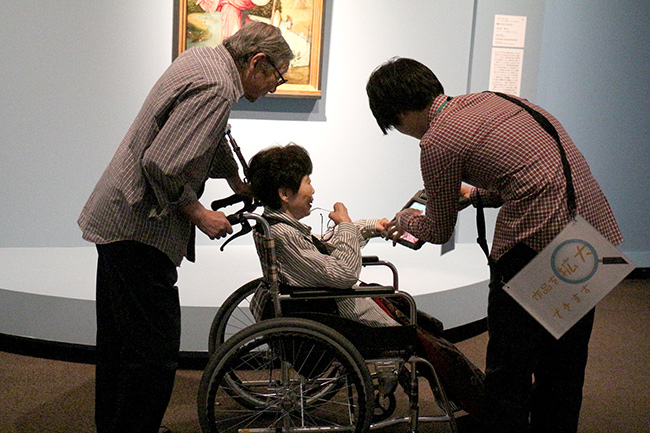 Special Day for People with Disabilities
Special Day for People with Disabilities
Holding Special Days for People with Disabilities
“Special Day for People with Disabilities” events have been held consistently since 1999, following the 1997 exhibition “Dialogue of the Spirit: Able Art ’97 Tokyo” featuring artists with disabilities. Occurring once for each of the year’s Special Exhibitions on days when these shows are closed to the general public, “Special Days” are held so that people with disabilities can view the artworks in greater safety and comfort. Participants are greeted and assisted in experiencing the exhibitions by Art Communicators (“Tobira”) widely recruited from the public for the Tobira Project and members of the voluntary association Art Communicator Tokyo made up of former Tobira who have completed their three-year terms.
Eligibility for “Special Day” events extends to holders (and one accompanying person) of the following types of certificates: Physical Disability Certificate, Intellectual Disability Certificate, Mental Disability Certificate, Atomic Bomb Survivor’s Certificate. Prior application is required. Participation is free of charge. Support from Tobira is a source of comfort for visitors, and the program has been very well received. The museum plans to continue it in the future.
 Special Day for People with Disabilities
Special Day for People with Disabilities
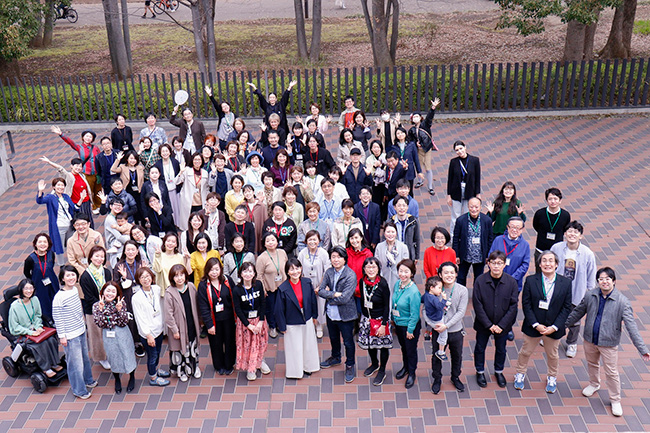 Tobira Project
Tobira Project
Tobira Project
This museum-based social design project fostering community through art was launched by Tokyo Metropolitan Art Museum in partnership with nearby Tokyo University of the Arts in 2012 for the occasion of the museum’s reopening.
Each year, Tokyo Metropolitan Art Museum publicly recruits around 40 Art Communicators (“Tobira”) who serve three-year terms. There are currently 132 people enrolled in the program. Art Communicators (“Tobira”) deepen their understanding of the role through Principal and Practical Sessions, developing activities that make the most of the museum’s cultural resources while engaging in dialogue with curators and experts. In Principal Sessions, Tobira learn fundamentals of communication such as listening skills. During Practical Sessions, Tobira can choose from specially designed courses such as “Accessibility,” where they think about and plan support needed for people with disabilities and others who have difficulty visiting the museum to come and make use of it.
Active “Tobira” and members of the voluntary association Art Communicator Tokyo (Tobira who have completed their three-year terms) greet participants, guide routes, and assist with elevator rides during the aforementioned “Special Days for People with Disabilities.” By appreciating the works together, people with visual disabilities experience art through the eyes of the Tobira.
 Tobira Project
Tobira Project
「Museum Start iUeno
To give a special museum experience to every child, nine cultural institutions of Ueno Park including art museums, a science museum, library, music hall, and art university came together and in 2013 started this project featuring three different programs.
- ① The Family & Teens Program develops children’s abilities to learn independently and inquisitively through three types of events. “Zoom In! Museum” invites participants to closely observe architecture and discover its ingenuity and attention to detail. “Wander Wonder Ueno” lets kids explore the museums of Ueno Park online and in real life. “Look Lab: Figuring It Out Together” is aimed at teenagers.
- ② The School Program, based on educational instruction guidelines, provides two ways for children to experience museums for the first time: “Special Monday” lets them appreciate artworks on exhibition closing days by reserving the venue just for them. “Ueno Welcome” accommodates a wide range of courses while letting students choose their class schedules.
- ③ The Diversity Program encourages children from various family situations and cultural backgrounds to visit museums. It features two kinds of events: “Museum Trip” aimed at organizations supporting children from a variety of home environments, and “Easy Japanese at the Museum” geared toward children with international backgrounds.
Creative Ageing Zuttobi
Creative Ageing Zuttobi was started in 2021 as one of Tokyo Metropolitan Art Museum’s art communication initiatives aimed at meeting the needs of a “super-aged” society.
The slogan Creative Ageing is often used in Western countries for cultural projects intended for senior citizens. It marries two concepts: “Creative” and “Ageing.” Unlike the Japanese term for “old person” with pessimistic connotations of a decline in mind and body, this phrase suggests a positive view of “advancing in age.” The program creates opportunities for older people to enjoy art museums with greater independence and creativity, including those who enjoy art but feel cut off from museums due to physical limitations. By fostering various forms of connection and communication through museum artworks and architecture, Creative Ageing Zuttobi hopes to increase opportunities for social participation.
Examples of Creative Ageing Zuttobi activities include a cross-generational exchange program for high school students and seniors aged 65 & up and an art-appreciation program for people with dementia and their families. The latter is held with cooperation from Taito Ward nursing, welfare, and medical professionals. In this program, it is not curators who speak in front of the artworks, but participants who view the art in groups and engage in dialogues about what they felt. Groups consist of eight people: two pairs of one person with dementia and a family member, plus four Art Communicators (Tobira), with professional medical and welfare staff also taking part. One family member commented: “I was glad to see my parent speak with other people through paintings, something they don’t normally do.” Continuing to work with medical and welfare experts, Creative Ageing Zuttobi seeks to create environments where people of advanced age can visit museums with peace of mind and hopes to broaden the Zuttobi community through a variety of programs.
Striving to be an Art Museum People Want to Return to
Tokyo Metropolitan Art Museum holds Special Exhibitions, Thematic Exhibitions, Art Group Exhibitions, and other shows three or four times a year. Notably, the Art Group Exhibitions feature approximately 260 groups annually, representing diverse genres. People come to Tokyo Metropolitan Art Museum for various reasons, such as to attend Special and Thematic Exhibitions, to see works in the Art Group Exhibitions, or to view the artworks of family members. Issues remain as to how to be an art museum that visitors with diverse needs and objectives can all enjoy.
Other matters to address include strategies for encouraging Special Exhibition visitors to also view Art Group Exhibitions and making full use of shared spaces. Tokyo Metropolitan Art Museum will further promote the Creative Well-being Tokyo project while working organically with all staff members, aiming to be a museum to which people want to return and keep returning.
 social media accounts
social media accounts
Tokyo, a city that is accessible everywhere to anyone.
Sightseeing where you wish, as you wish.
This ability to travel anywhere you please makes life that much richer.
Tokyo welcomes your visit.
Here you can encounter tradition,
history, culture, nature, technology,
and, best of all, smiling faces.
Making tourism closer and more
enjoyable through accessible tourism.



